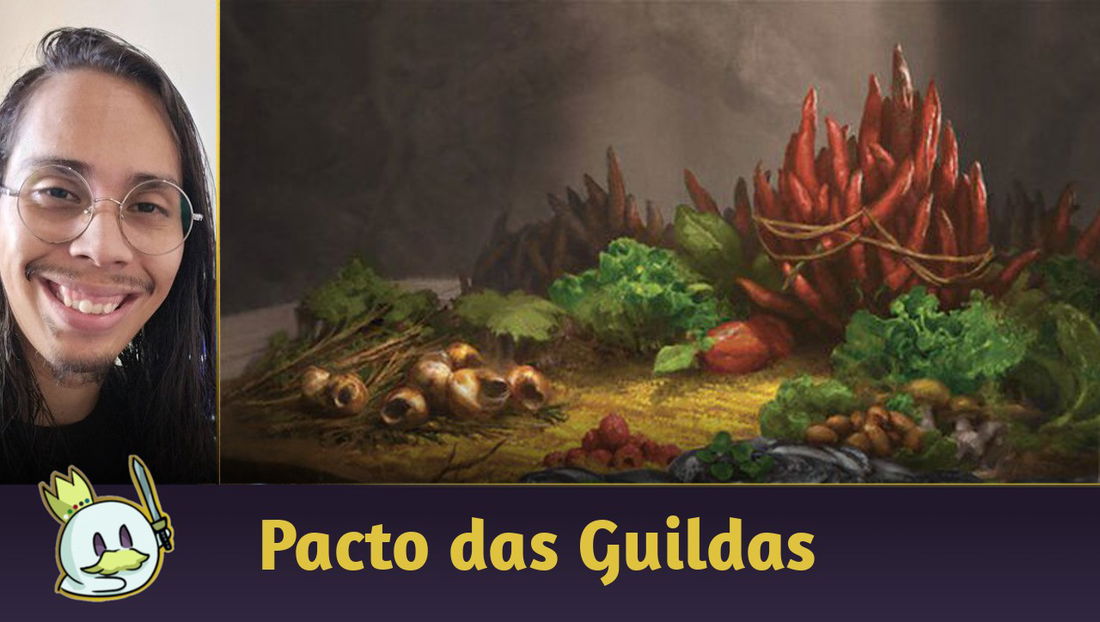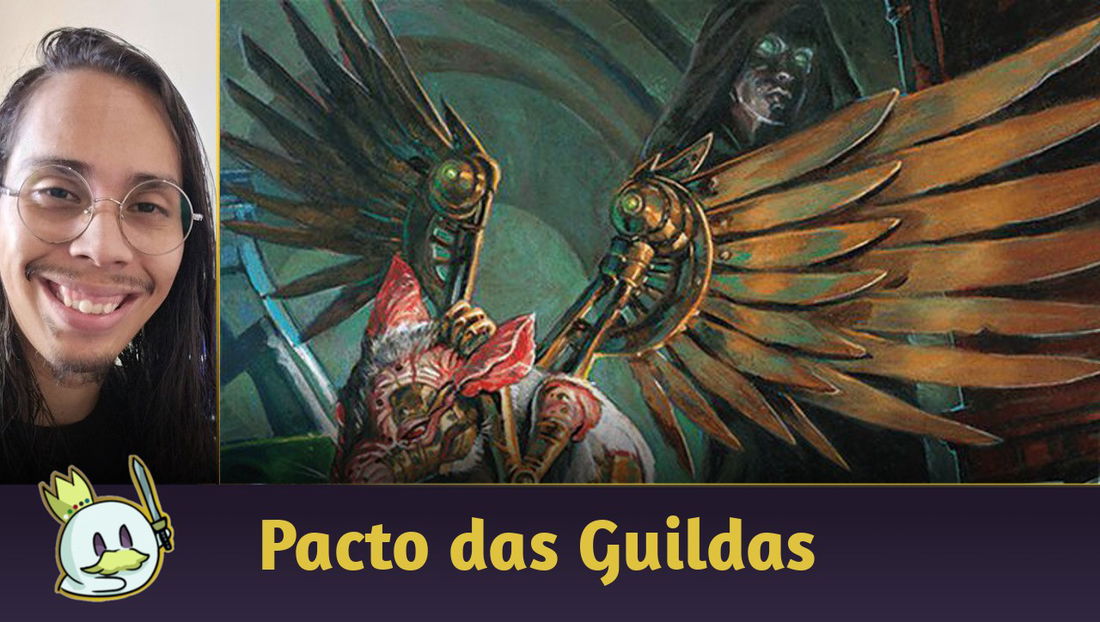Duskmourn, the new Magic: The Gathering set, is heavily inspired by 80s horror films, incorporating numerous references to that period in its cards and even in its names. Back then, it was common for films to have direct or indirect sequels — sometimes more than one — and, more recently, many of them have gained Unwanted Remakes.
One of the most notable cards of the 2022 Standard season was The Meathook Massacre, so popular that it ended up banned. In cinematic terms, it was such a blockbuster that it had to be held back — and as is often the case, a success usually leads to a sequel, even if it isn't necessary.
Ad

As the second film in an acclaimed title, Meathook Massacre II is difficult to evaluate and will inevitably be compared to its predecessor. Some are optimistic, while others believe that it will fail to achieve the same success, as it does not have the same elements that made the first work - in that case, card - so iconic. This has led to discussions and divided opinions on social media.
In this article, we analyze Meathook Massacre II to try to answer: will it become a new staple or will it just be an unwanted sequel that will inevitably ruin the legacy of its predecessor?
Meathook Massacre II - Review
If you like movies or follow a series closely, you must already be familiar with this: the first film (or season) is a success which does not leave enough loose ends to create a hook. In these cases, the producers need to create a new threat or goal to justify a sequel.
Sometimes, this is easy: the events of the previous plot generate consequences or certain layers of the story were not explored enough. In other cases, it is necessary to introduce something new to create the same sense of surprise and impact in the audience that captivated them in the previous work.
However, it is not easy to create a script that meets these expectations, and there are many examples of films or seasons that repeat the same formula and end up being just "more of the same", or that stray so far from the original material that they don't please anyone.
This challenge is well represented in Meathook Massacre II. Despite my criticisms about the excess of pointless references — which seem to exist only so that you recognize them as references — the design of this card is the most creative I have seen in Standard in a long time.

The new enchantment has twice the cost of its predecessor — just as a film sequel usually has a bigger budget — and seeks to enhance its effects, at the same time, it presents notable differences in comparison The Meathook Massacre. The Innistrad: Midnight Hunt version was a powerful four-mana sweeper that, due to its life gain, made life difficult for Aggro decks in Standard and served as a crucial piece in attrition games against Midranges.
Meathook Massacre II, on the other hand, requires more effort to function as a sweeper. 

For four mana, it turns all of its removal into card advantage and creates unfavorable trades for the opponent. Its Go for the Throat now comes with a Lava Spike, or you can put the creature into play to your advantage. The opponent's Get Lost no longer deals with a threat—they'll need another card or Sunfall.
Some argue that the new enchantment is a build around, but it's more than that. Meathook Massacre II is a tool for attrition games, capable of dominating long games if it stays in play—and if it doesn't, the second copy can come out with a built-in Barter in Blood and six damage.
Ad
It's not a simple sequel to the hit The Meathook Massacre, but a different take. The first card in the trilogy (let's face it, we'll see the third in a Modern Horizons or Commander deck) was fundamentally anti-aggro sweeper with added value in attrition games, while the second, which will be released on September 27, is geared towards punishing your opponent's 1-for-1 trades and benefiting your own — a mix of sequel and reboot that somehow has all the earmarks of being a hit, albeit for different reasons and perhaps on a smaller scale than its predecessor.
Meathook Massacre II in Standard
Standard is probably the format where Meathook Massacre II will have the most impact. It's common for the format to have more attrition games due to the reduced card pool, which makes combos and other archetypes nearly impossible, benefiting Midranges due to the recent design philosophy which focuses more on the board than on the cards in hand. Currently, three of the top five decks in the format are Midranges, all of which have 

The greatest challenge with Meathook Massacre II is its mana cost. Four symbols are a huge obstacle for lists that prioritize color diversity — more concessions to black mana mean fewer chances to play Beza, the Bounding Spring on turn four, or a loss of speed when trying to access 

Duskmourn's new land cycle offers additional support for allied color strategies, but at the cost of requiring more Surveil Lands and the like. So fitting the enchantment into the right turn might prove difficult— again, a factor that steers it toward attrition games.
The Standard Metagame is currently quite diverse. Golgari, Orzhov, and Dimir occupy the Midrange slot, Domain Ramp is currently the best deck in the format, which opens up space for Gruul Prowess, Convoke lists, and finally Control variants — some of which aren't even focused on the "draw-go" style — also have their place. So including Meathook Massacre II in the maindeck requires some compromises, as it won't work in every game, but if one part of the spectrum grows and leads to a reduction in Aggro, it's very likely that we'll see two copies in some lists.
Another highlight about Meathook Massacre II is the payoff factor. I recently commented on how essential Atraxa, Grand Unifier is to Standard, as it justifies the Big Mana strategy. Without it, the Metagame lacks motivators, cards that reward spending the first three or four turns putting more lands into play. The new enchantment also falls into this category, but it seems unlikely that Domain will have room for it, due to its high color requirement.
Meathook Massacre II in Pioneer
As in Standard, the new enchantment has potential in Midrange games in Pioneer, but it competes with another option in the same category and with a similar color requirement — Invoke Despair, which was banned with its predecessor.
Ad

Invoke Despair deals with Liliana of the Veil, Fable of the Mirror-Breaker and a creature with a single card. It can also deal with Niv-Mizzet Reborn and Leyline Binding simultaneously, in addition to other functions, such as card draw and life gain when there aren't enough targets — despite this, it is only a sideboard piece in formats where attrition mirrors are the most important.
Meathook Massacre II faces the same problem: for four mana, it turns Bloodtithe Harvester into a boosted card advantage and makes Fatal Push deal bonus damage, but on its own, it does little and Pioneer games don't always last long enough to pay for the 

Many players have been speculating about Mono Black Devotion and how the enchantment interacts with Nykthos, Shrine to Nyx, both of which are devotion enablers and payoffs for its abundance of mana. Sacrificing a Gray Merchant of Asphodel to return it to play and deal six or more damage to the opponent is an excellent "combo".
In many ways, it seems made for Mono Black Devotion. However, several cards have already seemed to favor this archetype and none have been enough to elevate it — the deck remains at Tier 3 or below, being less efficient than Rakdos Midrange and/or slower than other Devotion variants, and still lacking the flexibility needed for the Pioneer Metagame.
Wrapping Up
That's all for today!
If you have any questions, I'll be available in the comments!
Thanks for reading!









— Comentarios0
Se el primero en comentar